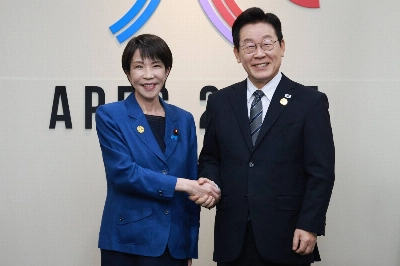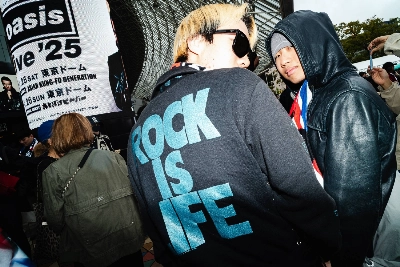In his book "Making Sense of Japanese: What the Textbooks Don't Tell You," translator and Japanese literature scholar Jay Rubin notes that the Japanese language "works backward."
When he writes this, Rubin is not referring to tategaki (縦書き, writing vertical lines of text from the top of the page to the bottom) or to migi-tategaki (右縦書き, writing vertically from the right side of the page to the left). Yes, those are "backward" compared to yokogaki (横書き) — the way we write English — but Japanese actually mixes these styles more than you think.
Kyōkasho (教科書, textbooks), especially those in the sciences, are often written in yokogaki. If you're reading on the netto (ネット, Internet), then you're likely using yokogaki as well. Japanese readers have sometimes complained that mixing the two on the same website or document results in me ga tsukareru (目が疲れる, tired eyes). English native speakers will likely have the same experience when reading tategaki for the first time, but once you've trained your muscles on some nifty bunkobon (文庫本, paperbacks), you'll adjust. Just give it time.
















With your current subscription plan you can comment on stories. However, before writing your first comment, please create a display name in the Profile section of your subscriber account page.